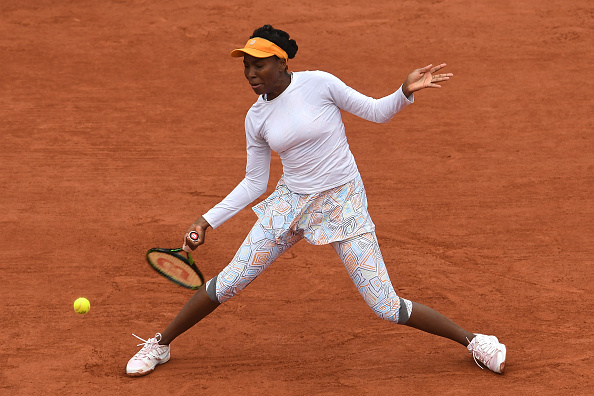She hasn’t made the last eight at Wimbledon since 2010, but there is no doubt that Venus Williams is always a tricky player to face on the lawns at the All England Club. After a generally disappointing season so far, will she be able to turn it around at her strongest major?
Notable results to date
Williams has added one title to her large collection in 2016, winning the inaugural Taiwan Open without dropping a set. Furthermore, she made the second week at the French Open for the first time since 2011, beating the likes of Louisa Chirico and Alize Cornet before losing to Timea Bacsinszky, whilst she won both her singles matches as the US beat Poland in the Fed Cup.

However, it has generally been a disappointing season for the former world number one; she has only won 12 matches all year. The American has struggled with injury throughout the season, contributing to her first round loss to Johanna Konta at the Australian Open, whilst she had to withdraw from Madrid and failed to win matches in Rome, Miami, and Indian Wells.
Best grass results leading to Wimbledon
As per usual, Williams has not played a grass warmup event since her loss at the French Open. Instead, she has focused on preparing for the surface on practise courts.
Best result at Wimbledon
As previously mentioned, the world number nine is one of the greatest Wimbledon champions in history, winning the title on five occasions; 2000, 2001, 2005, 2007, and 2008. She also reached the final in 2002, 2003 and 2009.
Williams has achieved significant milestones with three of her titles at Wimbledon. Her victory in 2000, where she beat Lindsay Davenport in the final, was the first of her seven Grand Slam titles, and where she really began to become a force in the tennis world. Furthermore, her most recent Wimbledon title (and Grand Slam title) came in 2008, where she didn’t drop a set throughout the tournament, beating her sister Serena Williams in the final.

However, perhaps her most impressive victory came in 2007. Ranked 31st and the 23rd seed for the tournament, Williams was not fancied for the tournament and lost the opening set in the first round, though eventually beat Svetlana Kuznetsova in the quarterfinals, Ana Ivanovic in the semifinals and Marion Bartoli in the final as she became the lowest-ranked woman to ever win the title.
As well as beating her sister, Bartoli, and Davenport (twice) in Wimbledon finals, Williams beat former world number one Justine Henin to take the title in 2001.
How Williams’ game translates to the surface
The main reason why Williams has thrived on grass in the past is that she has bucket loads of raw power. Often, she is able to dictate play by using this power, which is particularly lethal on such fast courts like those at Wimbledon.
Furthermore, the fast pace of grass courts is a major advantage for her serve. There is no doubt that the American has one of the best serves in history (she held the record for the fastest serve by a women in history at one point), and the speed of her serving, combined with the surface, makes her serve a potent threat to be wary of next week.







































